Originally posted by GChilders
View Post
I find it hilarious that people keep asking me THAT question.
I am simply processing the information given. If people can not assimilate the information, then they should be asking the question of themselves. Not me.
Keep Hunting
mark
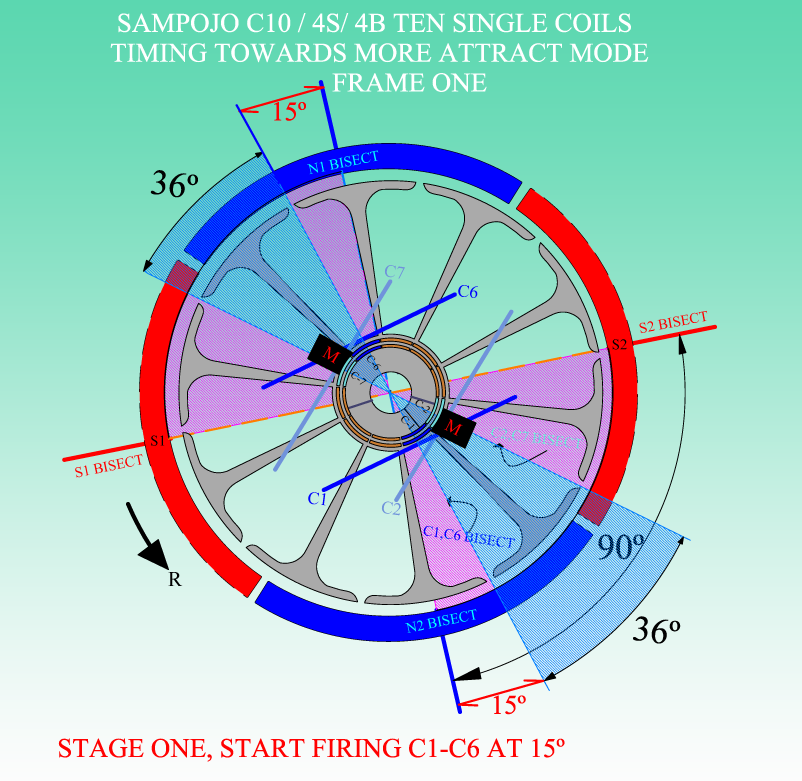
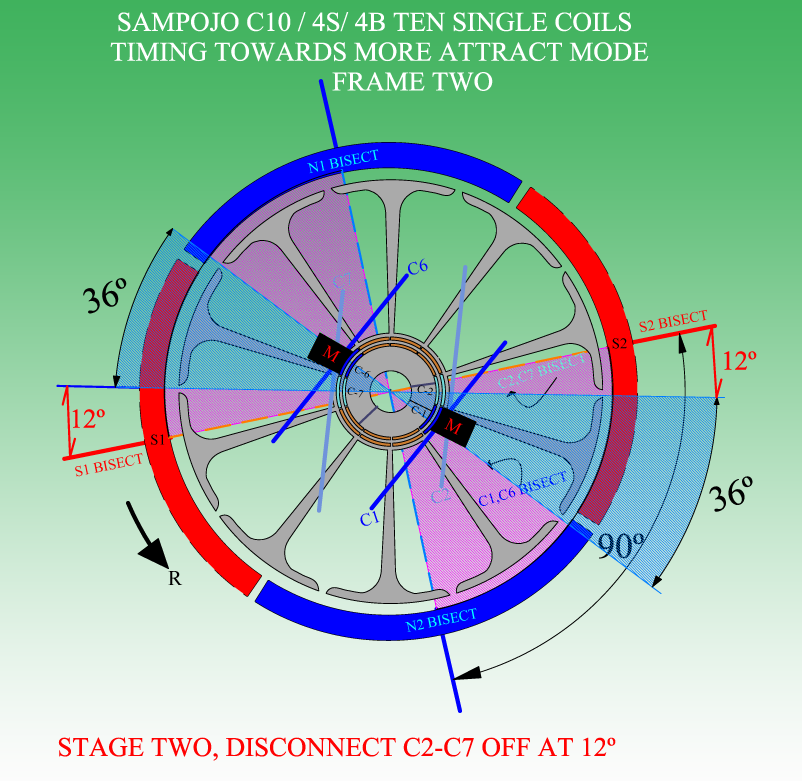
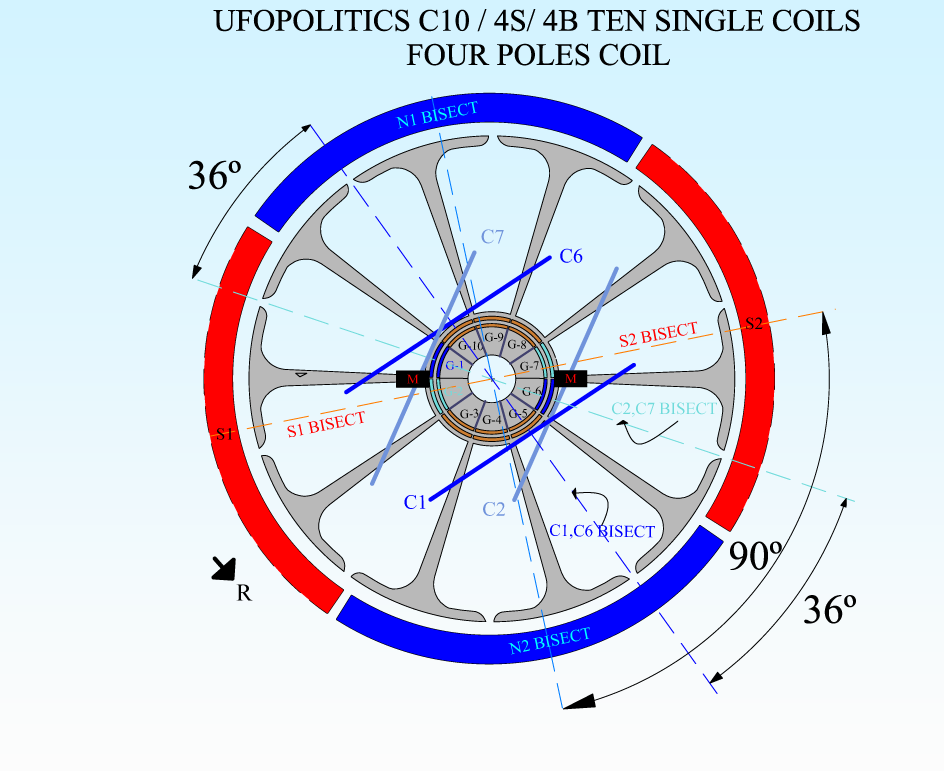
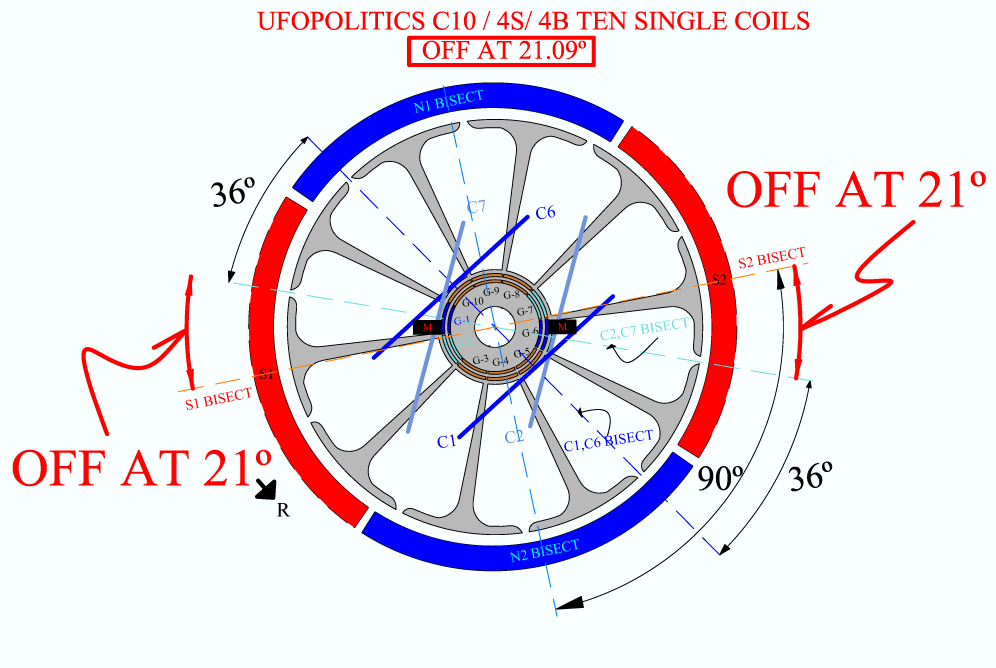
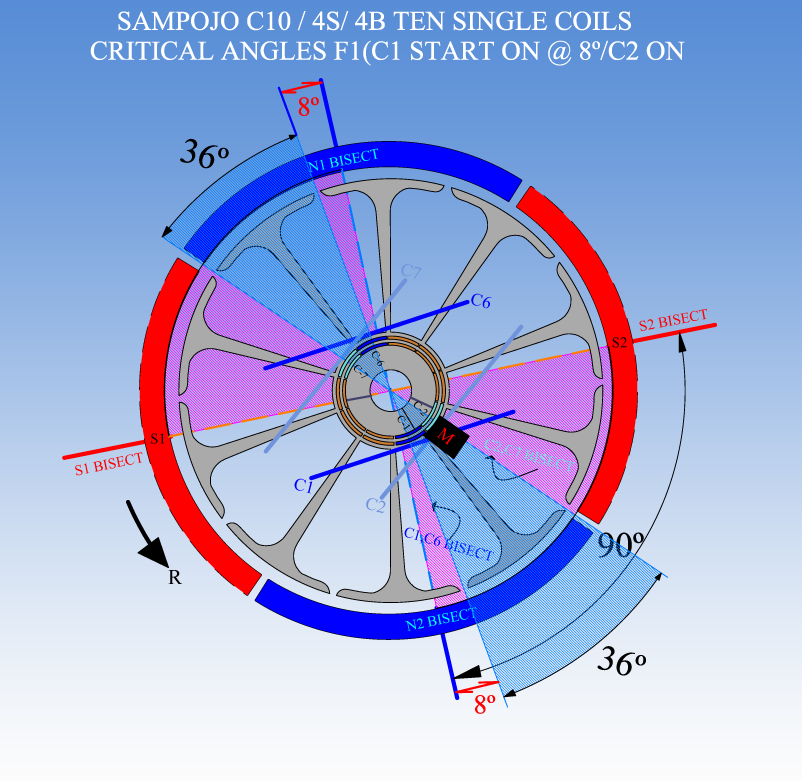

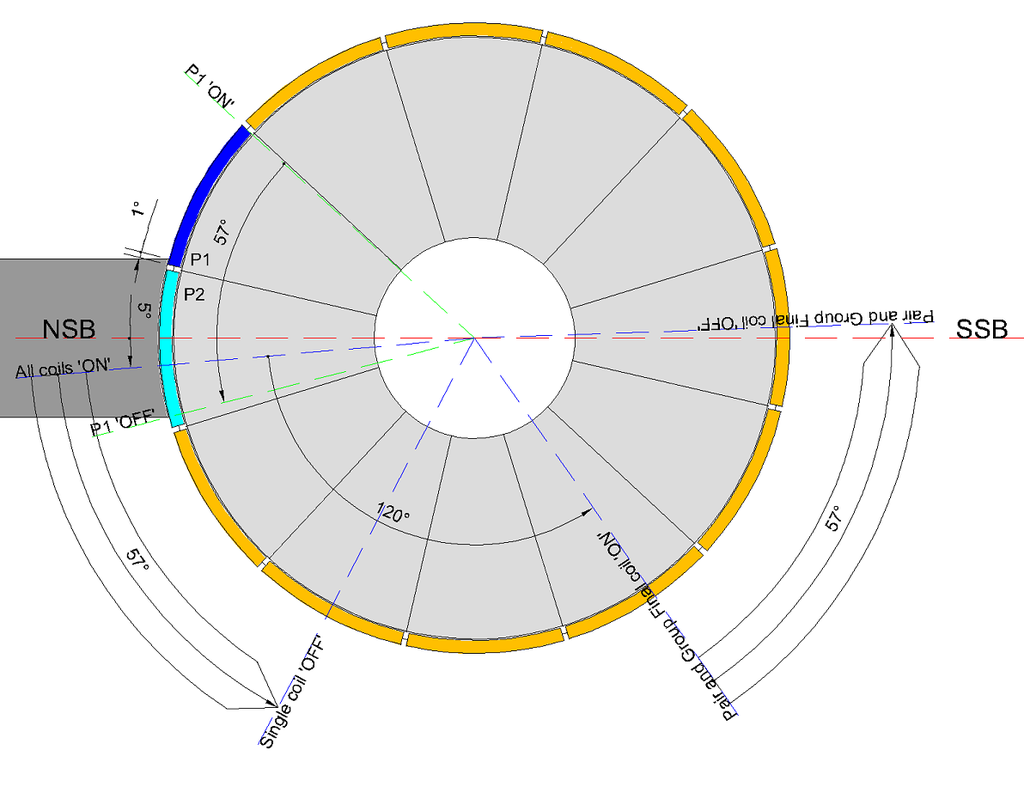






Leave a comment: